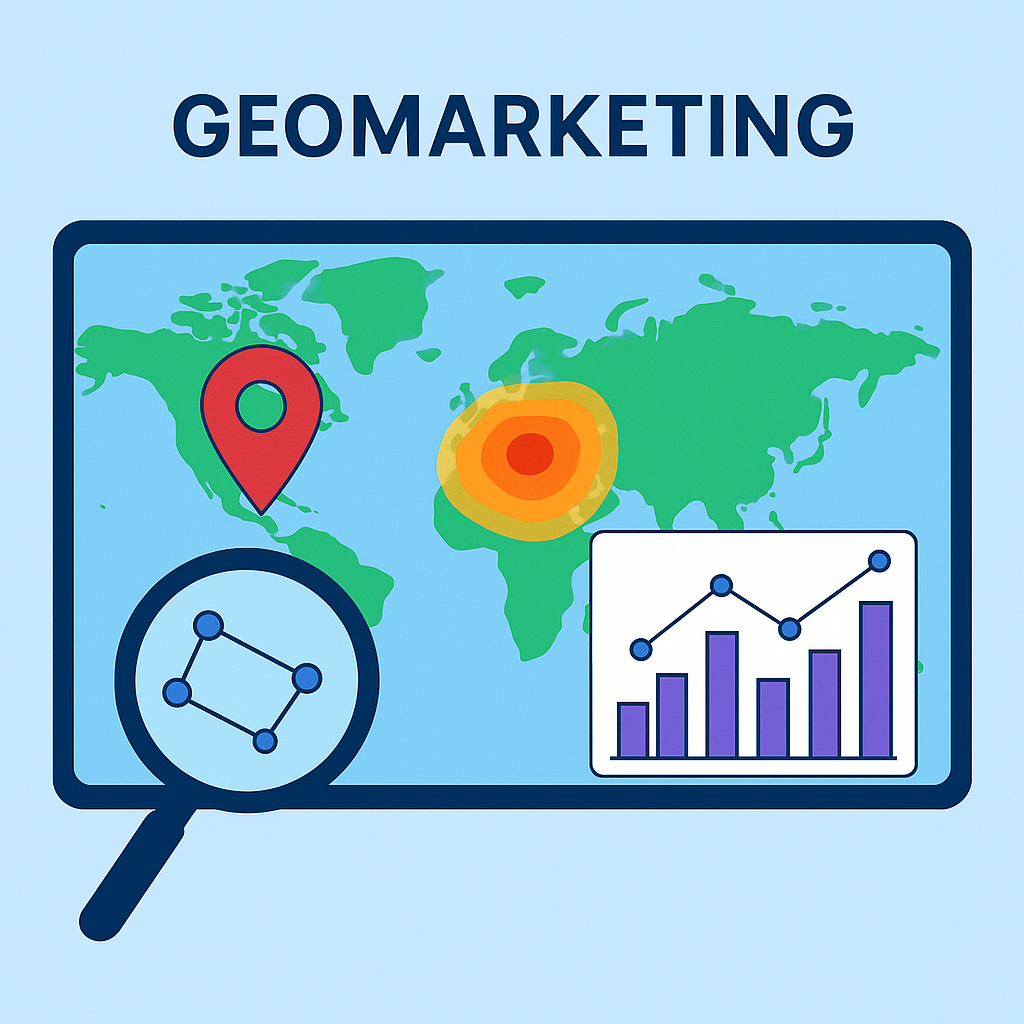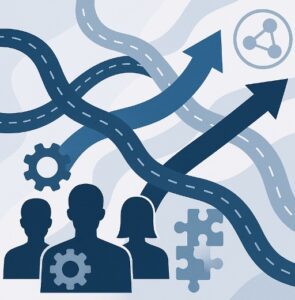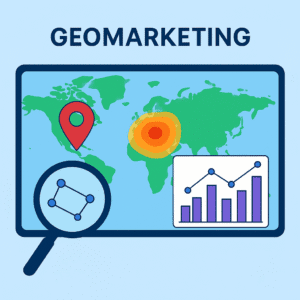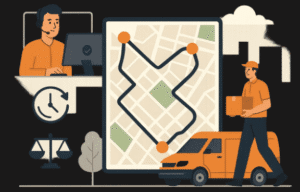What is Geomarketing? Harnessing Geographic Data and AI for Smarter Business Decisions
Geomarketing is the practice of analyzing and visualizing business opportunities using geographic data. Instead of relying only on sales reports or spreadsheets, companies can place their customers, stores, and competitors on a map-based interface. This allows them to make better decisions about market expansion, campaign planning, and field operations.
In today’s fast-paced world, location intelligence is no longer optional—it is a must-have for retailers, distributors, and service providers. And when you combine geomarketing with artificial intelligence (AI), you unlock predictive insights that guide you toward the right investment at the right place and time.
Why Is Geographic Data Important?
-
Customer behavior is location-based. People in one district may shop differently compared to another region.
-
Sales potential varies geographically. One neighborhood may have a high concentration of your target audience, while another may not.
-
Competitors matter. Knowing where your competitors are located helps you plan your strategy more effectively.
Without maps, these insights are hidden in rows and columns. With visualization, they become clear and actionable.
What Can You Do with Geomarketing?
With a geomarketing solution, businesses can:
-
Select the best locations for new store openings based on demographic and purchasing power data.
-
Test regional campaigns and measure performance in real time.
-
Optimize field team visits by assigning routes and workloads efficiently.
-
Analyze customer density using heatmaps and spatial clustering.
-
Identify competitor strongholds and adjust marketing spend accordingly.
For example: if a district in Istanbul has a younger population with higher digital engagement, you might increase promotional activities in that area.
The Role of Artificial Intelligence in Geomarketing
Geomarketing is not only about plotting data on a map. With AI-powered algorithms, companies can:
-
Forecast demand and predict which regions will grow faster.
-
Segment customers dynamically using demographic and behavioral filters.
-
Automate route optimization based on live traffic data.
-
Run “what-if” scenarios to simulate the impact of store closures or campaign expansions.
AI transforms static maps into smart decision-making engines.
The Power of Visualization
Data in tables can be overwhelming. But maps and visuals make patterns stand out instantly.
-
Heatmaps highlight customer hotspots.
-
Territory maps display balanced sales regions.
-
Time-lapse maps show how trends evolve across weeks or months.
-
Dashboards combine charts and maps for a 360-degree view.
Visualization is not just for managers—it empowers sales teams, distributors, and even partners to understand and align on strategy.
Who Benefits from Geomarketing?
-
FMCG and Retail Companies: supermarket chains, fast-moving consumer goods brands, and e-commerce players.
-
Distributors and Wholesalers: optimize distribution territories and delivery networks.
-
Service Industries: banks, healthcare providers, educational institutions, and telecom operators.
-
Real Estate Developers: identify high-potential investment zones.
Real-World Use Cases
-
A retail chain expanded its store network in high-potential neighborhoods, reducing cannibalization between outlets.
-
A beverage distributor optimized field sales visits and improved vehicle utilization.
-
A healthcare provider identified underserved areas for new clinics and improved accessibility for patients.
Global brands like Coca-Cola, PepsiCo, Unilever, Nestlé, and L’Oréal rely on geomarketing to make smarter decisions about expansion and resource allocation.
Tangible Business Gains
With geomarketing, companies typically achieve:
-
20–25% reduction in fuel & operational costs
-
15% shorter delivery times
-
18% improvement in vehicle utilization
-
30% decrease in stock-out rates
-
20% increase in customer satisfaction
Geomarketing is the bridge between data, geography, and business strategy. By combining geographic data with artificial intelligence and visualization, businesses can transform raw numbers into actionable insights.
From First Mile (factory to distributor) to Last Mile (distributor to retailer), geomarketing supports end-to-end route-to-market solutions.
👉 Want to learn more? Visit our Geomarketing product page or check out our Geovision blog for additional insights.




